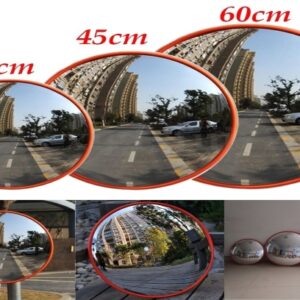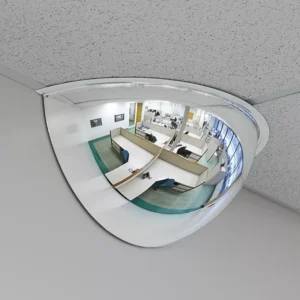Fall protection equipment is designed to safeguard individuals working at heights and prevent injuries or fatalities from falls. This equipment is essential in various industries, including construction, manufacturing, maintenance, and utilities, where working at elevated locations poses significant risks. Effective fall protection ensures safety compliance and minimizes the likelihood of accidents.
Key Features:
- Harnesses: Fall protection harnesses are worn by workers to distribute the forces of a fall across the body, reducing the risk of injury. They come in different styles, including full-body harnesses and suspension harnesses, with adjustable straps for a secure fit.
- Lanyards and Lifelines: Lanyards are used to connect the harness to a secure anchor point. They can be static or retractable, and some are equipped with shock absorbers to reduce the impact force during a fall. Lifelines provide a continuous connection between the worker and the anchor point.
- Anchorage Systems: Anchorage systems are secure points where fall protection equipment is attached. These include fixed anchors, such as bolts or beams, and portable anchors, like anchor straps or beams, which can be repositioned as needed.
- Fall Arrest Systems: These systems are designed to stop a fall after it has occurred. Components include harnesses, lanyards, and shock absorbers. The system ensures that the fall is safely arrested and the impact force is minimized.
- Fall Restraint Systems: Fall restraint systems prevent workers from reaching areas where a fall could occur. They include harnesses and lanyards that limit movement and keep the worker away from edges or openings.
- Rooftop Safety Equipment: Specialized equipment for working on roofs includes roof anchors, guardrails, and safety nets. These devices help protect workers from falling while working on sloped or flat roofs.
- Safety Nets: Safety nets are installed below work areas to catch falling workers or tools. They provide an additional layer of protection and are typically used in construction or maintenance work.
- Personal Fall Limiters (PFLs): These devices limit the distance a worker can fall. They are compact and attach directly to the harness or lanyard, automatically locking to stop a fall.
Applications:
- Construction: Used to protect workers on scaffolding, roofs, and elevated platforms. Essential for ensuring safety during activities like roofing, framing, and installing structures.
- Maintenance: Applied in industrial and commercial settings for tasks performed at heights, such as inspecting or repairing equipment and structures.
- Utilities: Employed for workers involved in maintaining power lines, communication towers, and other elevated installations.
- Manufacturing: Used in facilities with elevated workstations or platforms to ensure worker safety during routine tasks and operations.
Benefits:
- Enhanced Safety: Reduces the risk of falls and serious injuries, providing peace of mind for both workers and employers.
- Compliance: Helps meet safety regulations and standards set by occupational health and safety authorities.
- Versatility: Includes a range of equipment suitable for different working conditions and environments, from rooftops to industrial sites.
- Durability: Designed to withstand harsh conditions and repeated use, ensuring reliable protection over time.




Reviews
There are no reviews yet.